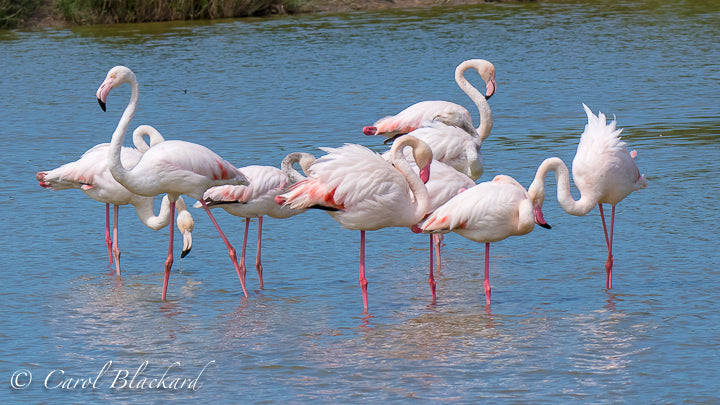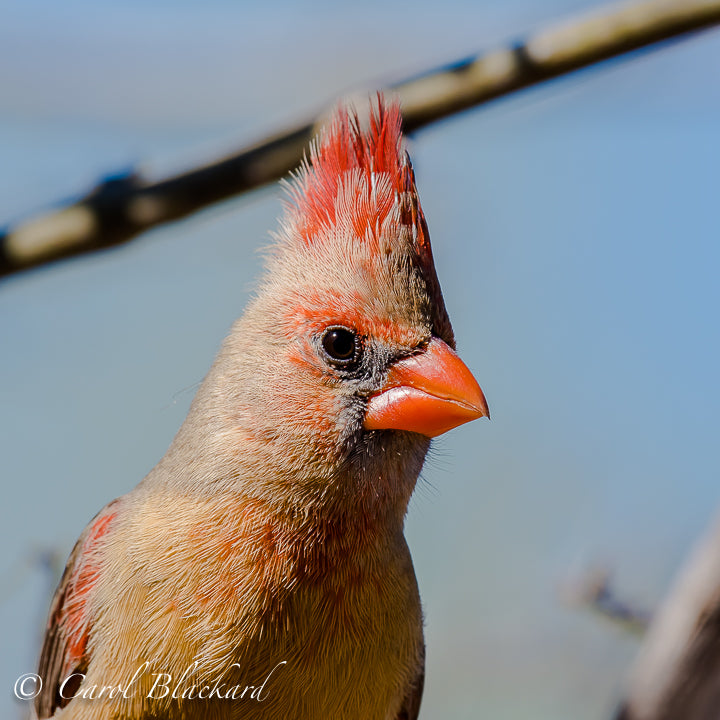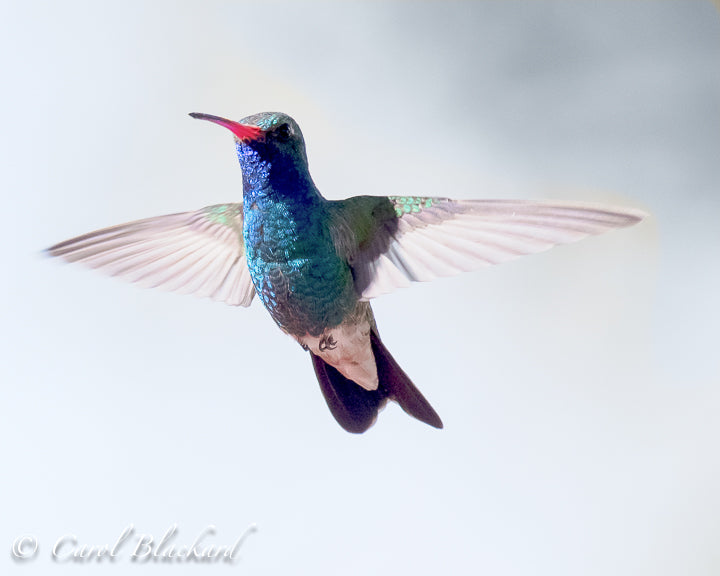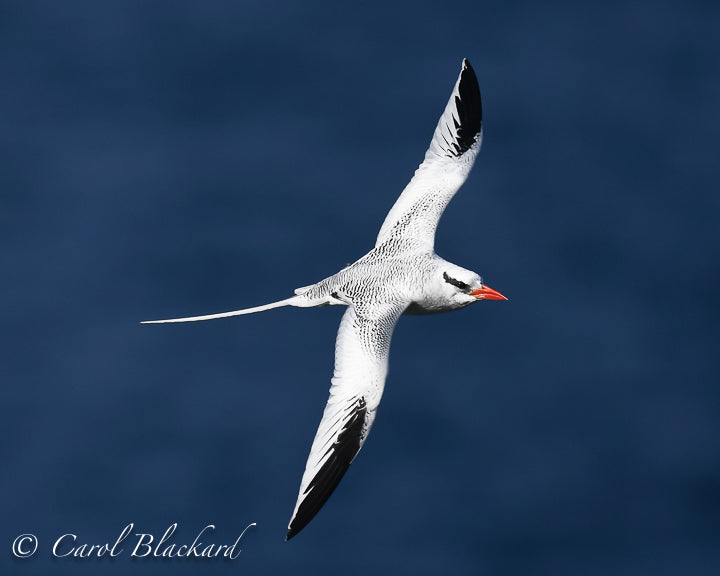Scott and I took a nonstop flight to Paris


This is the Arles River along which we often walked...just two blocks from our hotel.

We met these Camargue horses on our first morning out. These horses used to run wild in the Camargue, and later were domesticated. They are small, but strong and durable. They are famously used by Provence cowboys to herd the black bulls used in the bullfights. They are beautiful horses!


We did some marsh birding on our first full day and soon found a large number of birds...here are some of them:
Turtle Dove

Black-headed Gull

In some light the head looked brown rather than black.

Bee-eater These birds travel in flocks and on one day we hit a large flock of about 50 Bee-eaters, but we were not allowed to park for pictures. These captures were taken at a different time.

Bee-eater

Bee-eater

Bee-eater

In a cage was an Eagle Owl

and in another cage....not sure...a Black Kite?

Pair of Purple Herons

Purple Heron looking dashing in the dark. I'm not sure I really appreciated the beautiful purple lore until I looked at these pictures

Purple Heron in flight...yellow feet like Snowy Egret

A Grey Heron...very like the North American Great Blue Heron, but different species

Sometime while we were still at Arles we visited the cute little town of St. Marie-de-la-Mer. It is a beach destination on the Mediterranean Sea at the southern end of the Camargue.

Again with the bullfighting

We had lunch


Lady serving paella


Spring is a nice time to go to Southern France

Greater Flamingos

Greater Flamingos against beautiful blue

Greater Flamingos

This is my best close-up of a flamingo...not bad..given my struggles with my new camera lens.

Black-winged Stilt
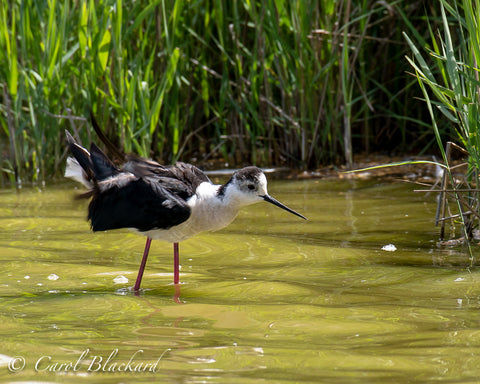
Yep, those wings are black

Eurasian Spoonbill

Eurasian Spoonbill

Common Tern and Little Tern

Common Terns copulating

Common Shelduck

Pied Avocet

Spotted Redshank

Spotted Redshank

Crested Lark

Crested Lark

Kentish Plover

Yellow-legged Gull

Yellow Wagtail

(Eurasian) Oystercatcher

 ..
..
...and sometimes we walked the town. Arles has a Roman arena that is still in use...for bullfights, I think. Bullfighting is still very big in southern France. The bull meat from the bulls is served in local restaurants.

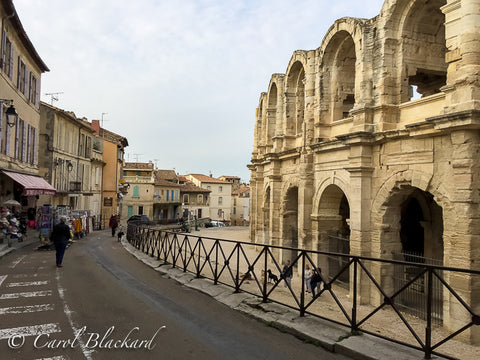
And many narrow dark stone streets


There is a lot of history here.

This is a main square

On the way to the park near the market

I loved visiting the open-air market...it was HUGE!!!, blocks and blocks.

A few spices from Africa...actually there were a LOT of products from Morocco and probably other African countries...just across the Mediterranean Sea, you know...not so very far away.

Many narrow streets to walk


We ate at a cafe where Van Gogh used to eat, and visited the pool room upstairs where he was known to hang out. Some of the group took the walk around Arles that showed you places where Van Gogh painted.

Stay tuned for Part II...
dunh dunh dunh!....it wasn't all roses.

